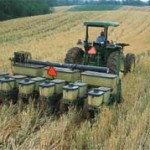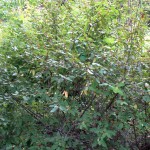By Cat, Dec 2017 (Photo, right, from Wikimedia Commons)
The leaves of this amazing tree are considered a superfood; plus the tree grows well in a warm, dry climate. Given the progression of climate change in our corner of the world here in NW Montana, this could become an important food source for us as our climate becomes more arid. Plus, its deep roots make it an amazing carbon-sequestor.
Its leaves have the texture of spinach with a radish-like taste, and are packed with nutrients. Use its leaves in salads and soups; add to smoothies or raw veggie juices. Its young seed pods are also edible, similar to green beans.
Important caution: We must be careful when introducing new, non-native species, as they can become problematic, invasive weeds.
Want to know more about this tree, and what makes it a superfood? Read on for more detail. (more…)




